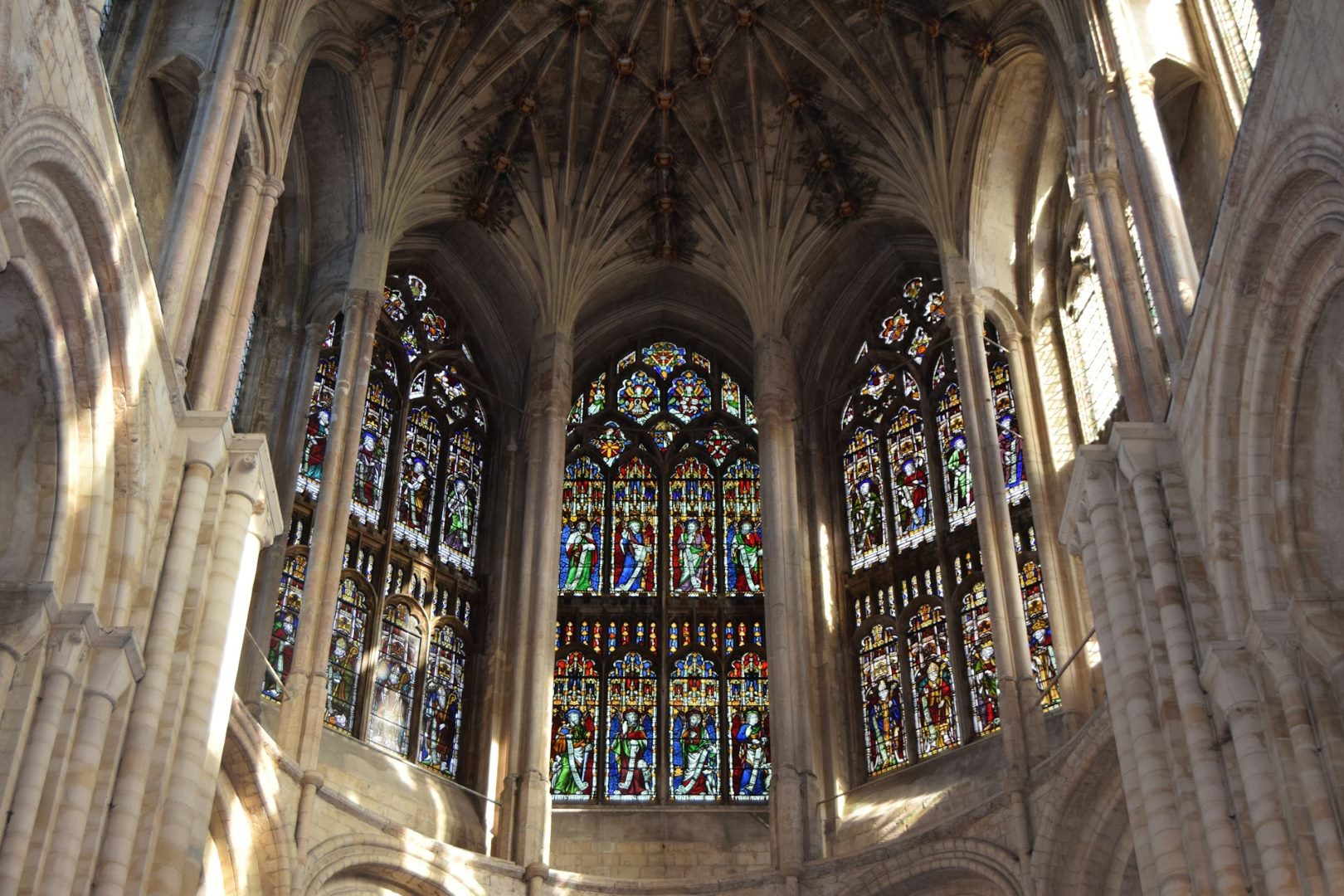Introduction
Nestled in the heart of London, St. Paul’s Cathedral stands as a testament to architectural brilliance and spiritual significance. This iconic landmark has witnessed centuries of history and remains a beloved destination for both locals and visitors alike.
History
Ancient Origins
The site of St. Paul’s Cathedral has been a place of worship since at least the 7th century. It is believed that a church was first built here in 604 AD by King Ethelbert of Kent.
Saxon and Norman Cathedrals
Over the centuries, the original church underwent several renovations and expansions. In the 10th century, a Saxon cathedral was built, followed by a Norman cathedral in the 11th century.
The Great Fire of London
In 1666, the Great Fire of London destroyed most of the city, including the Norman cathedral. The reconstruction of the cathedral was entrusted to the renowned architect Sir Christopher Wren.
Architecture
Sir Christopher Wren’s Masterpiece
Wren’s design for St. Paul’s Cathedral is widely considered one of his greatest works. The cathedral is a masterpiece of Baroque architecture, characterized by its grand scale, harmonious proportions, and elaborate ornamentation.
The Dome
The most striking feature of the cathedral is its towering dome. Measuring 365 feet (111 meters) in height, the dome is a marvel of engineering and artistry. It is constructed using a double shell, with the inner dome resting on a series of pendentives.
The Nave and Choir
The interior of the cathedral is equally impressive. The nave and choir are divided by a massive screen, known as the rood screen. The nave is lined with rows of Corinthian columns, supporting a coffered ceiling decorated with intricate carvings.
The Altar and Presbytery
The altar and presbytery are located at the eastern end of the cathedral. The altar is a focal point of worship, adorned with precious metals and gemstones. The presbytery is the area reserved for the clergy during services.
Religious Significance
Cathedral of the Church of England
St. Paul’s Cathedral is the seat of the Bishop of London and the mother church of the Diocese of London. It is one of the most important cathedrals in the Church of England.
Royal Weddings and Funerals
The cathedral has hosted numerous royal weddings and funerals over the centuries. Notable examples include the weddings of Prince Charles and Lady Diana Spencer in 1981, and Prince William and Kate Middleton in 2011.
Symbol of Remembrance
St. Paul’s Cathedral has become a symbol of remembrance and national unity. It played a prominent role in the aftermath of both World Wars, hosting memorial services and commemorations.
Visitor Information
Admission and Opening Hours
- Admission tickets are required to visit the cathedral’s interior and climb the dome.
- The cathedral is open daily, except during services.
Tours and Events
Guided tours are available, providing insights into the cathedral’s history, architecture, and religious significance.
The cathedral also hosts a variety of events throughout the year, including concerts, exhibitions, and services.
Accessibility
St. Paul’s Cathedral is wheelchair accessible, with ramps and lifts available.
Conclusion
St. Paul’s Cathedral is a magnificent architectural marvel and a symbol of religious, cultural, and national significance. Its timeless beauty and enduring legacy continue to inspire and awe visitors from around the world.
Further Reading
St. Paul’s Cathedral Official Website
Visit London: St. Paul’s Cathedral



